Why Fibre is the Magic Component in Your Diet
While the hype for keto diets is in full flow and more people are looking to protein as a primary nutrient, there is one major area of nutrition that is continually overlooked: fibre. The team at Real Foods, Scotland’s largest independent health food retailer, shares the importance of fibre, and why fibre rich foods are the magic component in your diet.
What is fibre?
What is soluble fibre?
What is insoluble fibre?
What is the best kind of fibre?
How much fibre should I eat?
How do I get more fibre in my diet?
How do I increase my fibre intake?
What are the benefits of fibre rich foods?
What are the best natural fibre rich foods?
What foods are high in fibre but low in carbs?
Why do I need to include fibre on the Keto diet?
What helps constipation on the Keto diet?
What is the best type of fibre for IBS?
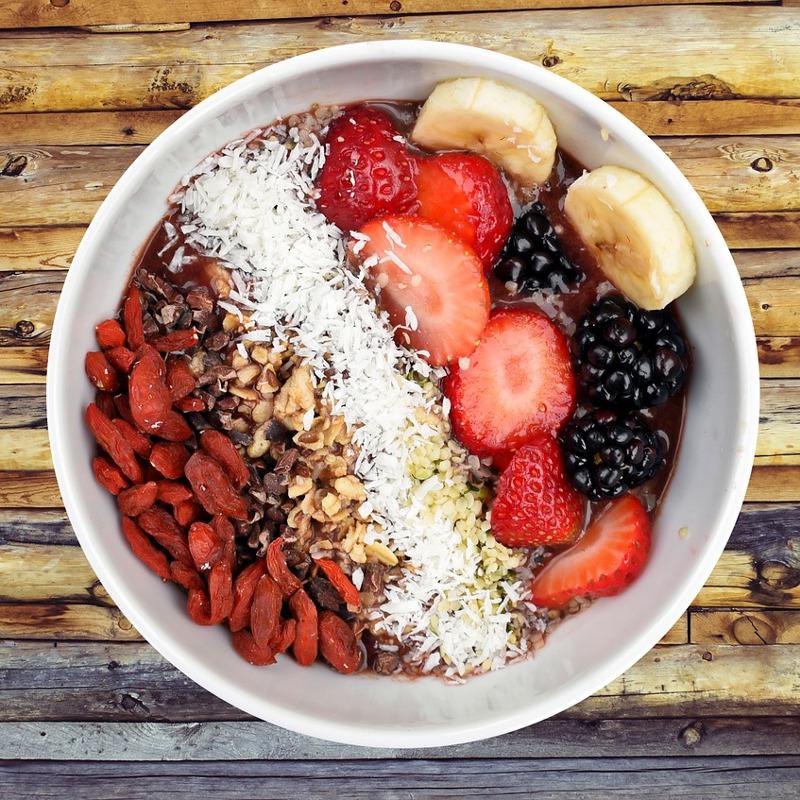
Fibre is an essential part of our nutrition. An indigestible carbohydrate, also known as roughage or bulk, you might think that fibre is an odd thing to include your diet. Unlike other carbohydrates, fibre doesn’t contribute to your calorific intake as your body can’t break it down. Fibre isn’t digested by the enzymes in your small intestine like other carbohydrates but instead is digested by the bacteria in your large intestine.
If you think of plants, then fibre is like the skeleton that helps maintain their shape and structure. Likewise, fibre helps maintain the shape of all the food that the body processes, ensuring a smooth passage.
There are two kinds of fibre, soluble fibre and insoluble fibre.
Soluble fibre is a fibre that is soluble in water and swells to creates a jelly type of substance. Soluble fibre softens your stools and the gel that forms binds with any additional cholesterol to avoid it getting absorbed, which in turn can reduce your risk of heart disease. Soluble fibre also slows down the digestion of food so that glucose – our primary source of energy – is released and absorbed slowly. This maintains a steady blood sugar level in our body. You will find soluble fibre in various fruits and vegetables, legumes and oats.
What is insoluble fibre?
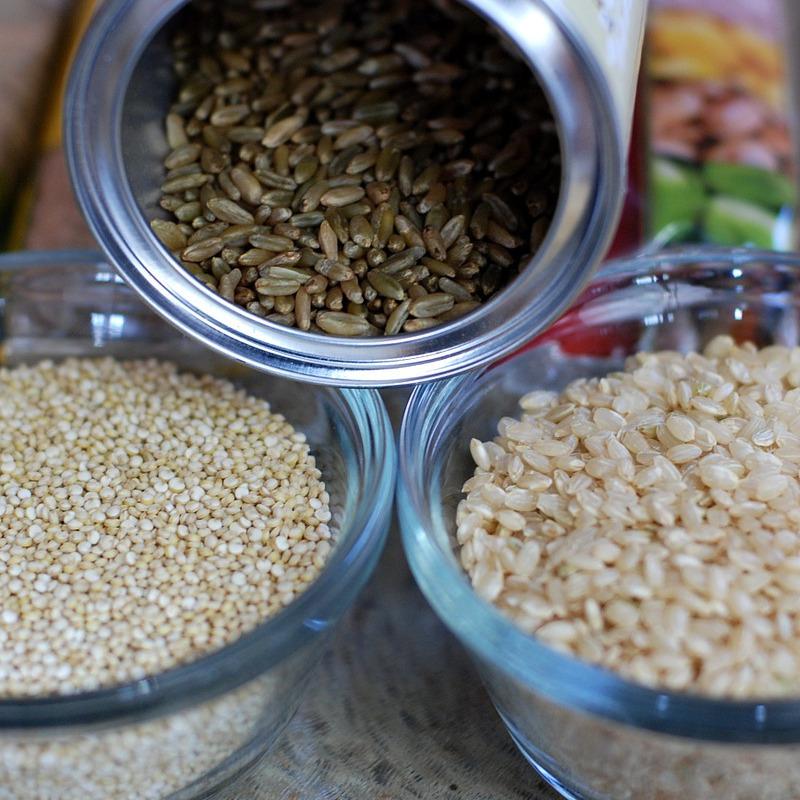
Insoluble fibre like its name doesn’t dissolve in water and isn’t absorbed, which means when you eat this kind of fibre it will naturally stay intact as it moves through your digestive system. Insoluble fibre acts like a sponge by absorbing water, which can prevent constipation, as well as conditions such as haemorrhoids. Insoluble fibre is what adds bulk to your stools ensuring that waste can be passed through your bowels more smoothly. This type of fibre is found in most beans and lentils, in wholegrains, wheat bran and flaxseed.
The pips, pith and skin of fruit and vegetables are great examples of insoluble fibre.
You require a combination of both soluble and insoluble fibre in your diet to ensure your gut remains healthy. The good news is that many natural foods contain both types!
Did you know that our prehistoric ancestors would have eaten over 100 grams of fibre per day without any difficulty? Fibre isn’t actually considered an essential nutrient because as you don’t absorb fibre, you don’t technically need it to live – you aren’t going to die by being deficient in fibre – yet a lack of fibre can cause some quite serious health issues.
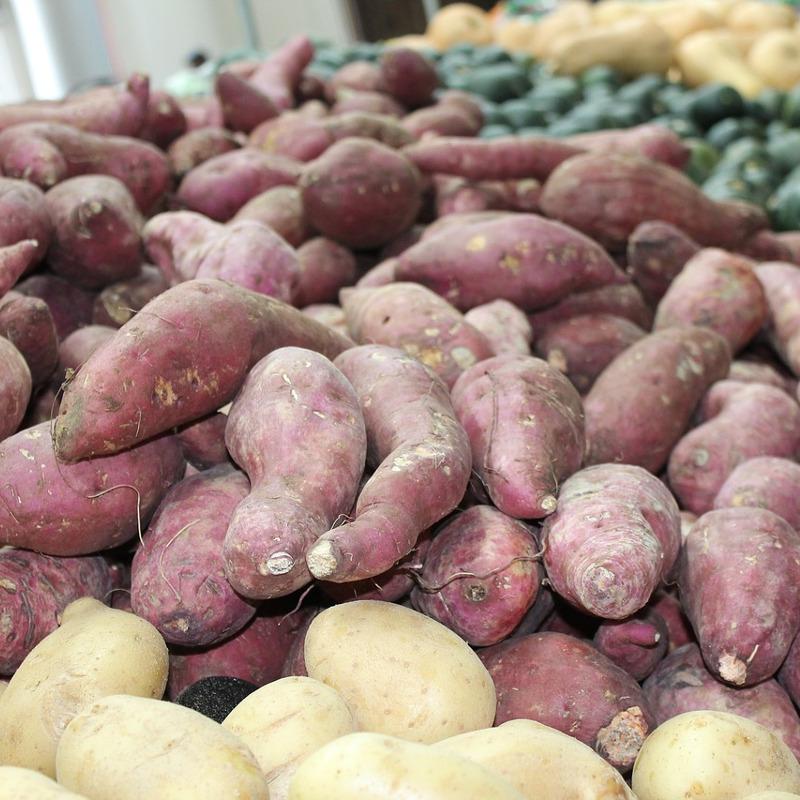
The chances are that you aren’t eating enough fibre.
The average adult in the UK is eating just 12 to 18 grams of fibre, but the latest UK government guidelines recommend we should be eating 30 grams a day as part of a healthy and balanced diet. Children do not require as much fibre, yet are still eating less than the recommended amounts: 15 grams for tots to five-year-olds, 20 grams for 5 to 11-year-olds, and 35 grams for 11 to 16-year-olds. Children can easily increase their fibre intake by eating their veggies and more starchy foods.
It’s easy to add fibre to your diet. Every meal time should have a hearty portion of fruits and vegetables. You can switch from popular refined breakfast cereals, which often have added sugar, to wholegrain alternatives, such as bran flakes, muesli and porridge oats.
Swap your white rice and pasta over to healthy wholewheat pasta, rice and bulgur wheat, and your bread from white to wholemeal and wholegrain options.
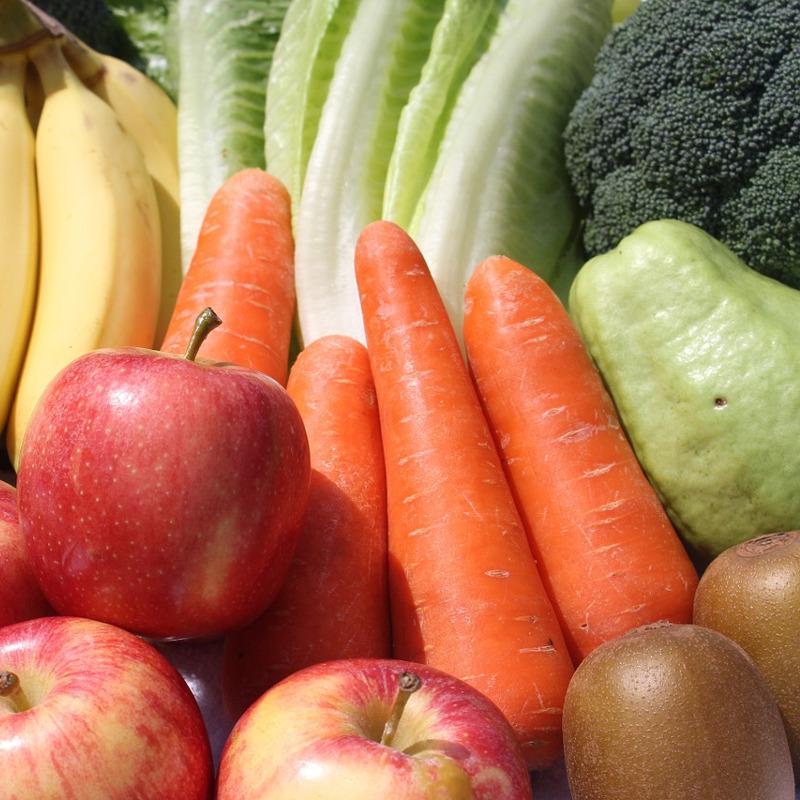
You can easily add more pulses such as beans, chickpeas, and lentils, as well as vegetables into most of your meals, especially if you are making soups, casseroles, curries or stews.
Throughout the day, snack on raw vegetable sticks or a piece of fruit.
Pumpkin, flaxseed and sunflower seeds, nuts and dried fruit are also easy to sprinkle onto your salads, breakfast cereals, yoghurts and even soups. You can also snack on bran crispbreads, rye crackers and oatcakes.
Whether you are eating raw or cooking your fruit and vegetables, be sure to keep their skins on to get the fibrous benefit.
As fibre is generally good for you and comes from natural and healthy fruits and vegetables, there is usually no harm in increasing your fibre intake. In fact, many health professionals often recommend half of every meal is made up of soluble and insoluble fibre!
If you haven’t been eating a lot of fibre then it is best to introduce fibre slowly into your diet whilst increasing your liquid intake. Do this day by day for a week, so that your gut becomes acclimatised. Some high-fibre diets can occasionally cause mild abdominal pains and bloating, and such symptoms are exacerbated with a rapid increase in fibre intake.
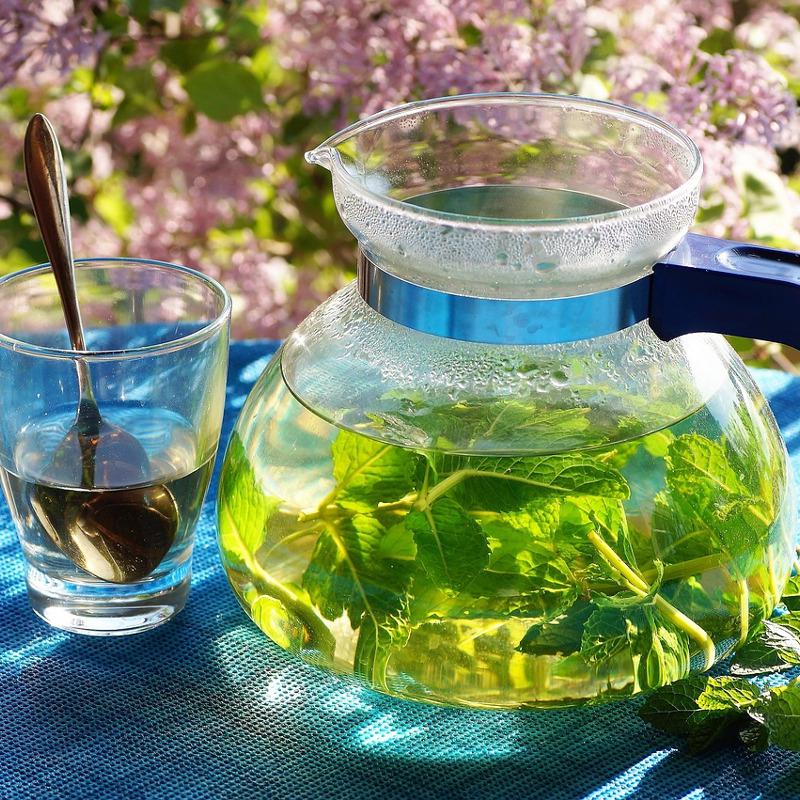
For fibre to be at its optimal performance it requires fluids to prevent the gut from getting blocked up. Ensure you drink at least two litres of water, sugar-free juice and herbal and fruit teas per day, which equates to about eight to ten glasses.
If you are a sufferer of irritable bowel syndrome (IBS) you may suffer worse symptoms when you increase fibre into your diet, particularly insoluble fibres like bran.
Speak to your doctor if you are taking any medications as large quantities of fibre can impact their absorption.
Improved gut health is probably the most important benefit of fibre rich foods. Why? When you increase your fibre intake, the population of good microbiome (bacteria) is improved. We have about 100 trillion bacteria living in our intestine, and our friendly gut bacteria can digest the fibre – in fact, they love it - which improves the balance between good and bad bacteria. Good bacteria will line your colon. On the contrary, there is increasing evidence that unhealthy microbiome can lead to many common health issues, such as inflammation and, as brain health is impacted, poor mental health.
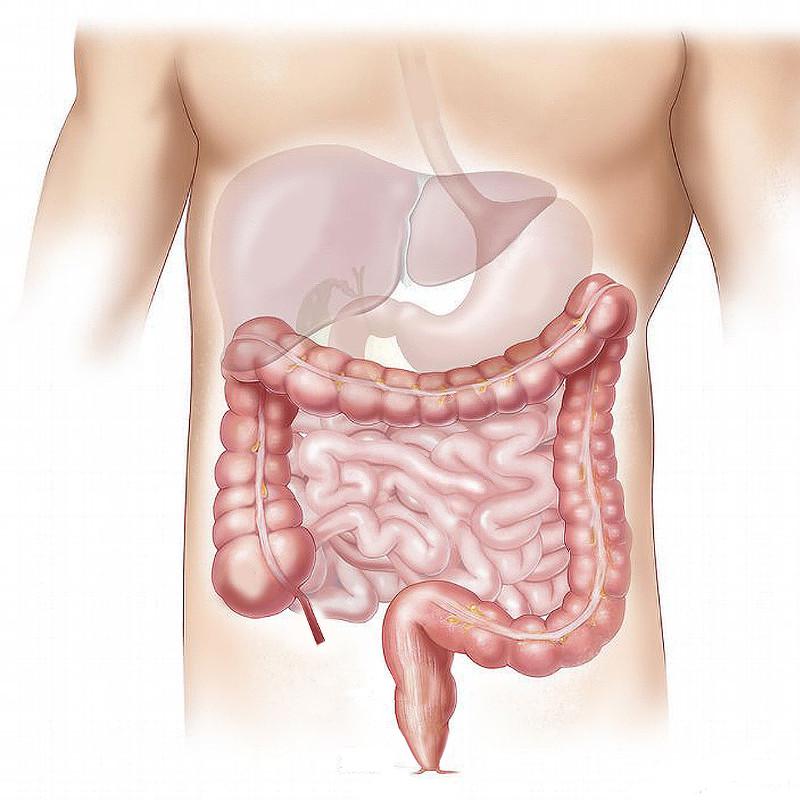
There is much evidence that highlights how fibre reduces the risk of heart disease, bowel cancer and strokes.
-
Increases satiety & helps control your weight
Fibre helps make you feel fuller for much longer. You feel fuller because soluble fibre binds to any water in your intestine, which slows down the absorption rate of your food. This, in turn, can help you with weight loss as fibre can take on body fat. As fibre doesn’t have any calories, you are onto a winner for maintaining your weight.
Fibre helps keep your bowel movements regular, ensuring smoother digestion while food passes through your gut, and eases and prevents conditions of constipation and diarrhoea. Fibre will also reduce the symptoms of diverticular disease, haemorrhoids, or anal fissures.
-
Reduces the risk of diabetes
Fibre can help control your blood sugar levels and, as it improves insulin insensitivity, can reduce the risk of type 2 diabetes. The extra benefit is that you’re less likely to encounter mood swings or have any energy crashes that come with a dip in your blood sugar.
Fibre has the wonderful capacity to lower your blood lipid level, also known as cholesterol.

Nature is rich in fibre, so if you eat clean and healthy, the chances are you will automatically increase your fibre intake. To get you started, read on for the best natural fibre rich foods.
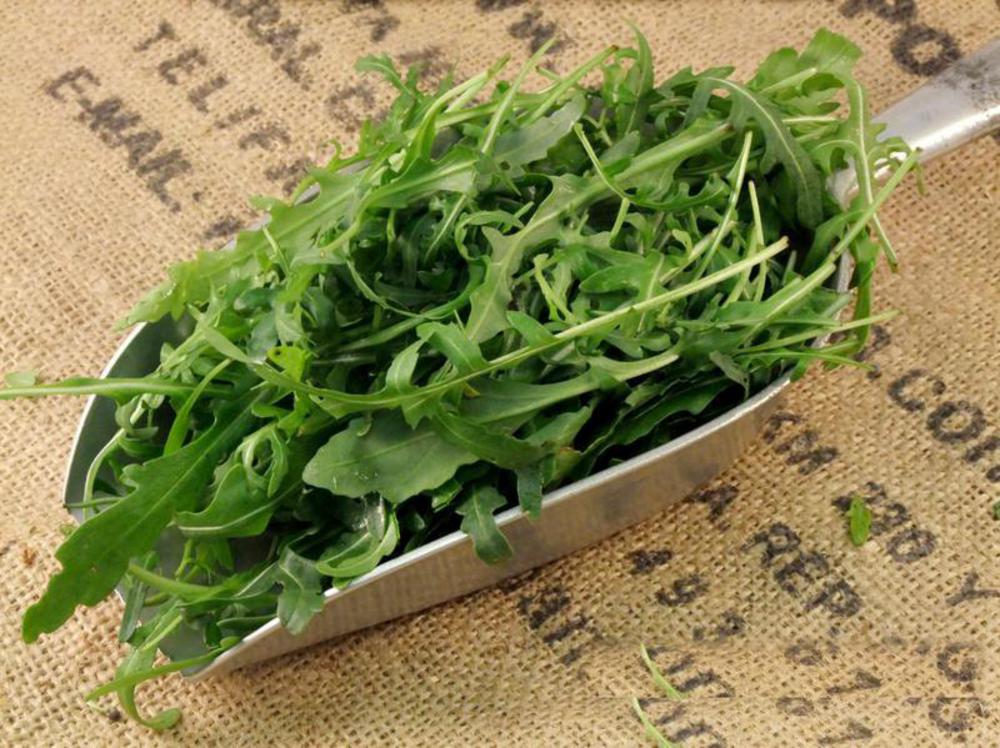
We talk about leafy greens all the time, but they really are a fantastic ingredient to include in your meals as they are low in calories and brimming with nutrients. A cup of cooked greens is the equivalent of 5 grams of fibre! With kale, spinach chard, collard greens, mustard greens and turnip greens to pick from, you have endless options for cooking.
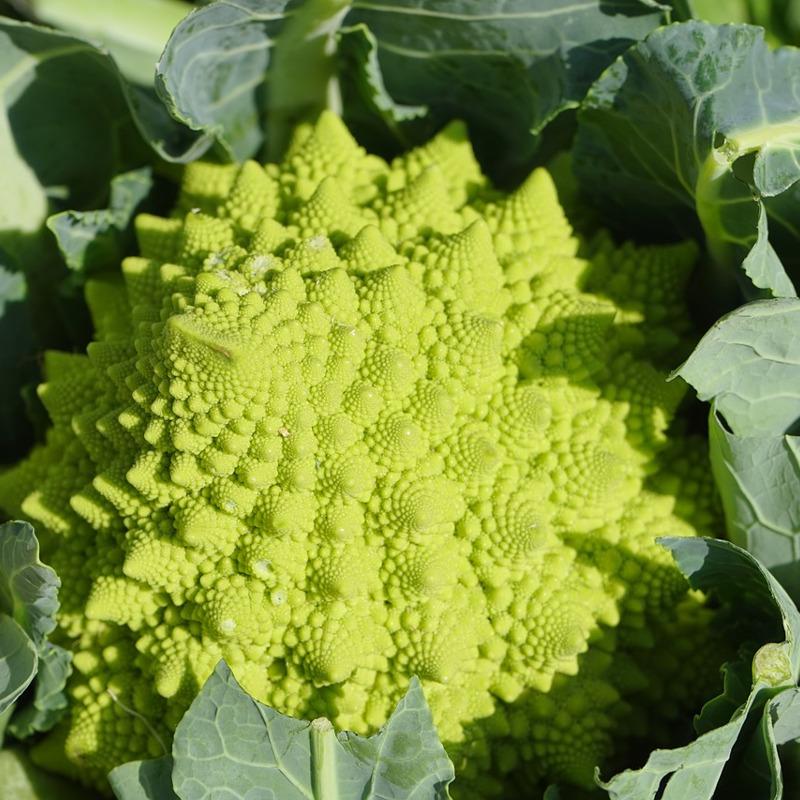
Brassicas are the easiest to get your hands on! One cup of raw chopped cauliflower and broccoli respectively deliver 2.7 grams of fibre and are great, flavourful alternatives to rice, pasta and other grains. Cabbage is probably the most underappreciated vegetable. Cabbage is not only low in calories but it is also high in vitamin C, vitamin K, and folate and is surprisingly versatile in your meal – you can easily add it into your soups and stews. For every cup of raw chopped cabbage, you get 2.2 grams of fibre.
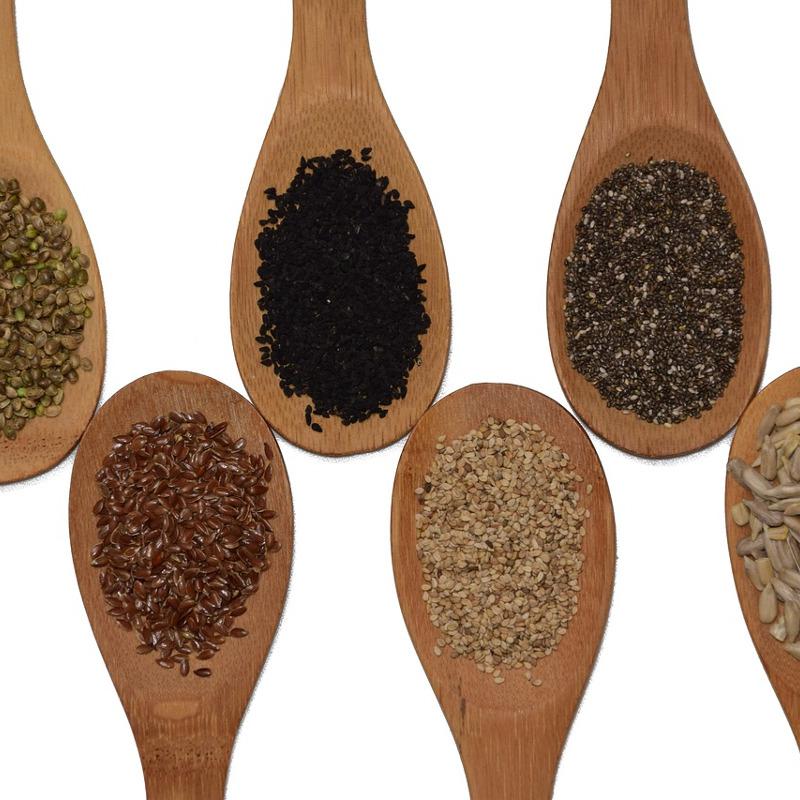
You might be surprised how tiny seeds can be so packed with goodness! Flaxseeds and chia seeds are great for increasing your fibre intake. For every two tablespoons of ground, raw flaxseeds you receive 2 grams of fibre! Do be sure to grind your flaxseeds as this will release all the nutrients, including omega-3 fatty acids. A word of warning – don’t eat too many flaxseeds as large doses can be toxic! As if you needed an excuse to tuck into a delicious chia seed pudding, two tablespoons of chia seeds contain a whopping 11 grams of fibre, as well as plenty of protein and omega-3 fatty acids.
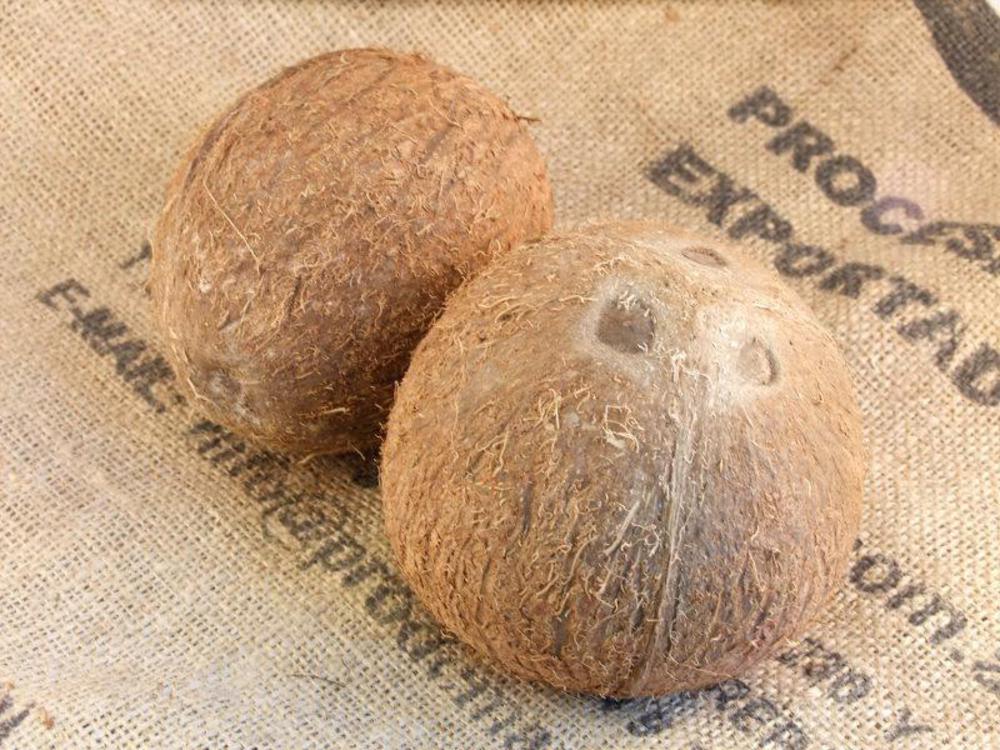
Taste the tropical with your low-carb, high fibre coconut. If you eat one cup of raw coconut meat you will gain 7.2 grams of fibre. Delicious and flavoursome coconut flour packs an impressive 5 grams of fibre for every tablespoon – oh and did we mention it is gluten-free?
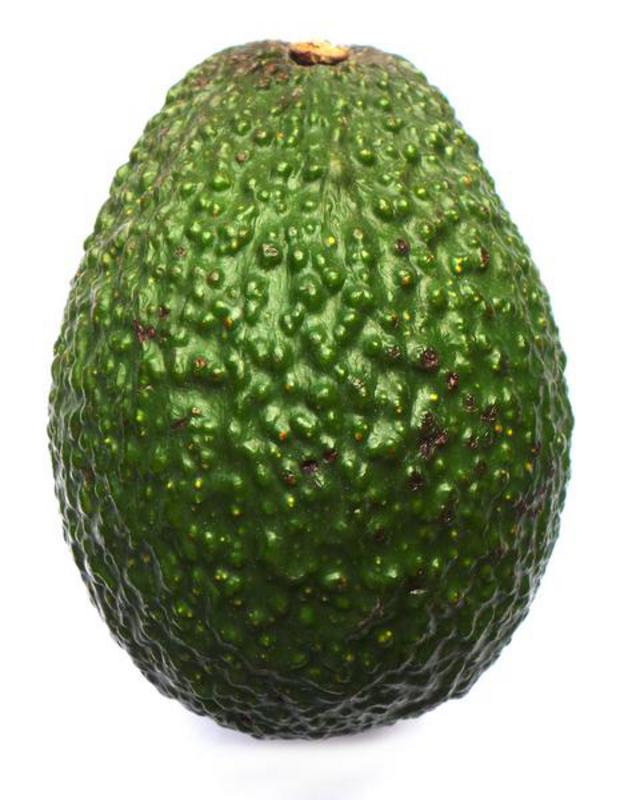
If you like to feel full by eating your healthy fats in the form of Hass avocado then good news – one medium-sized avocado contains 10 grams of fibre!
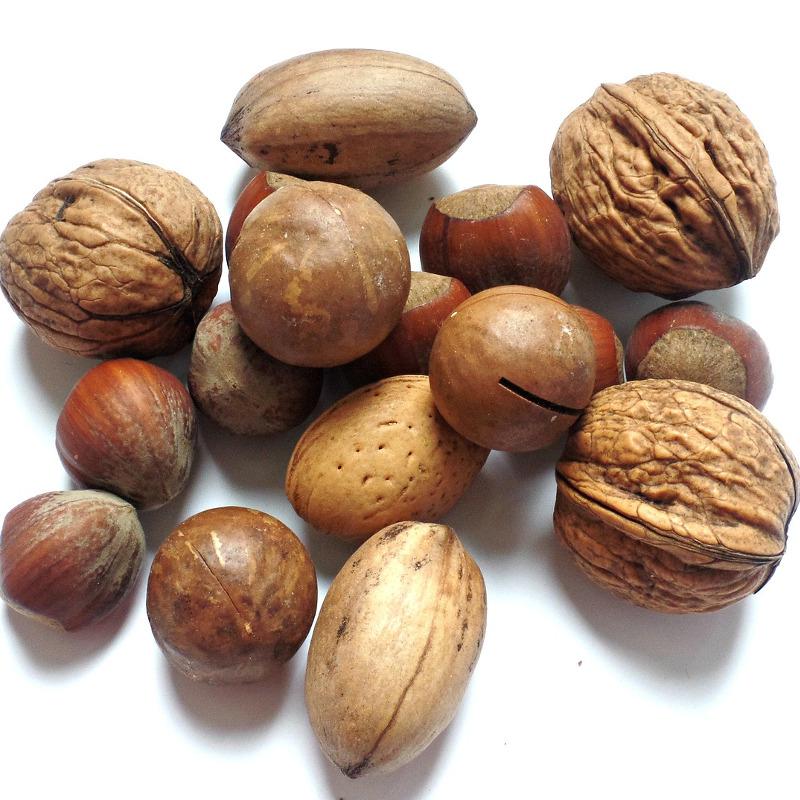
Both pistachios and almonds are ideal high-fibre nuts to snack on throughout the day and to add some extra crunch into your mealtimes. You can munch on 23 almonds to gain about 3.5 grams of fibre, while 50 pistachios contain about 2.9 grams of fibre.
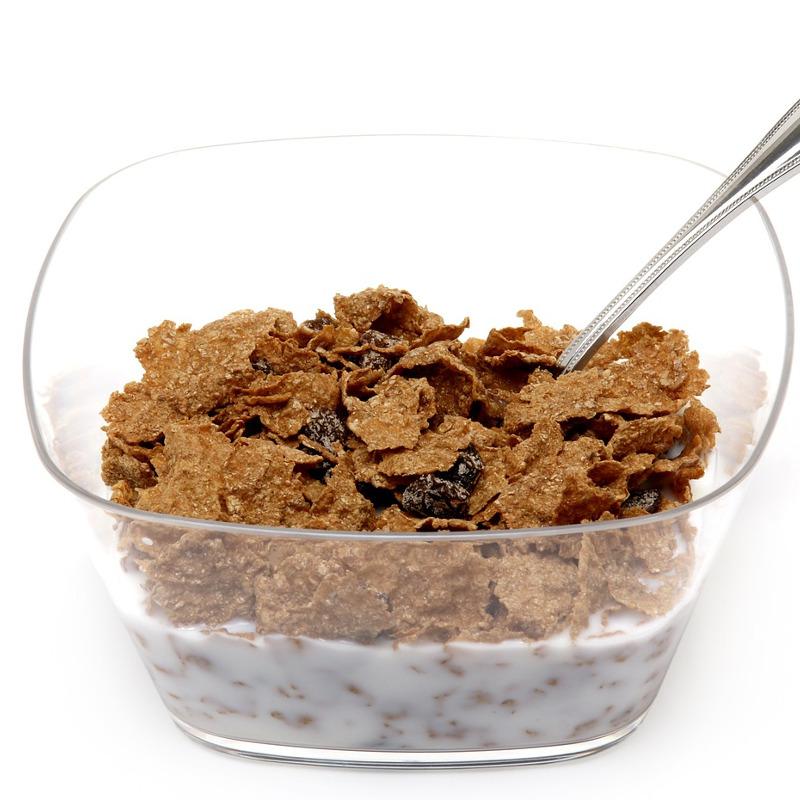
For every half cup of raw wheat bran, you will get about 6 grams of fibre.
There are several other foods that are digested but still contain excellent quantities of fibre, including berries such as (blackberries, raspberries, strawberries), asparagus, celery, mushrooms, radishes, aubergine, romaine lettuce, courgettes and squash.
Followers of the Keto diet have come under scrutiny by nutritionists recently. The concern is that Keto fans are not eating enough fibre. The reason is that – vegetables aside - most high-fibre foods are not keto-friendly.
You will likely notice if you are not eating enough fibre as the most common symptoms are bloating and constipation. In turn, this can also cause haemorrhoids and anal fissures. A lack of fibre might reduce the positive effects on body shape and weight loss on Keto. With that in mind, be sure to eat plenty of carrots, broccoli, Brussel sprouts, and flaxseeds.
You might wish to consider a keto-friendly dietary supplement, such as the natural fibre supplement ispaghula powder (psyllium husk) or hemp protein, but do consult your doctor or nutritionist beforehand as there is some evidence that fibre supplements do not have the same health benefit as consumed wholefoods fibre.
It might seem impossible to include fibre on a keto diet but there are many high fibre, low carbohydrate foods that will, in turn, help your gut.
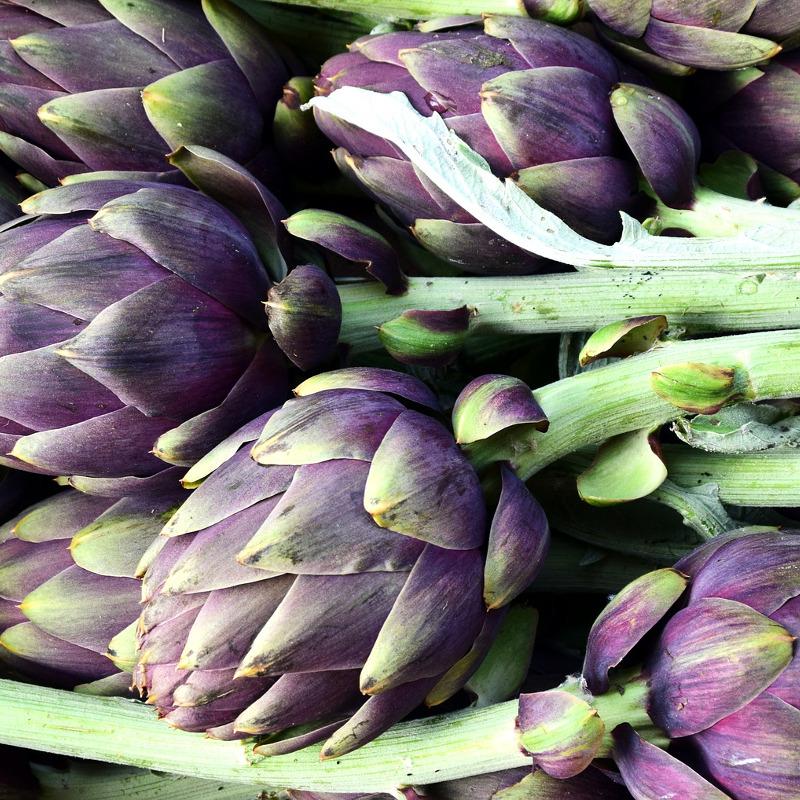
While they may look daunting, artichokes are absolutely delicious - especially when drizzled in olive oil and lemon! There are 5 grams of fibre in every large globe artichoke. Or you can eat artichoke hearts in oil.

A Mediterranean favourite, salty, high-fat olives are an ideal addition to your Keto diet for extra fibre.
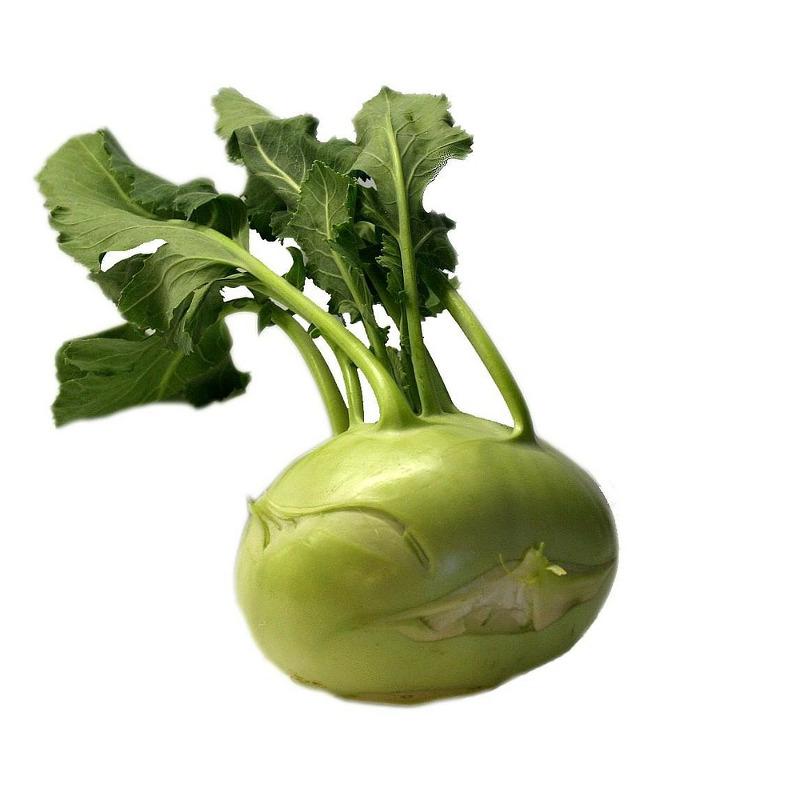
The lesser-known kohlrabi is a wonderful root vegetable that has a turnip taste to it, albeit milder and sweeter. Kohlrabi is wonderfully tasty when served raw in salads, and contains about 4.9 grams of fibre in every cup.
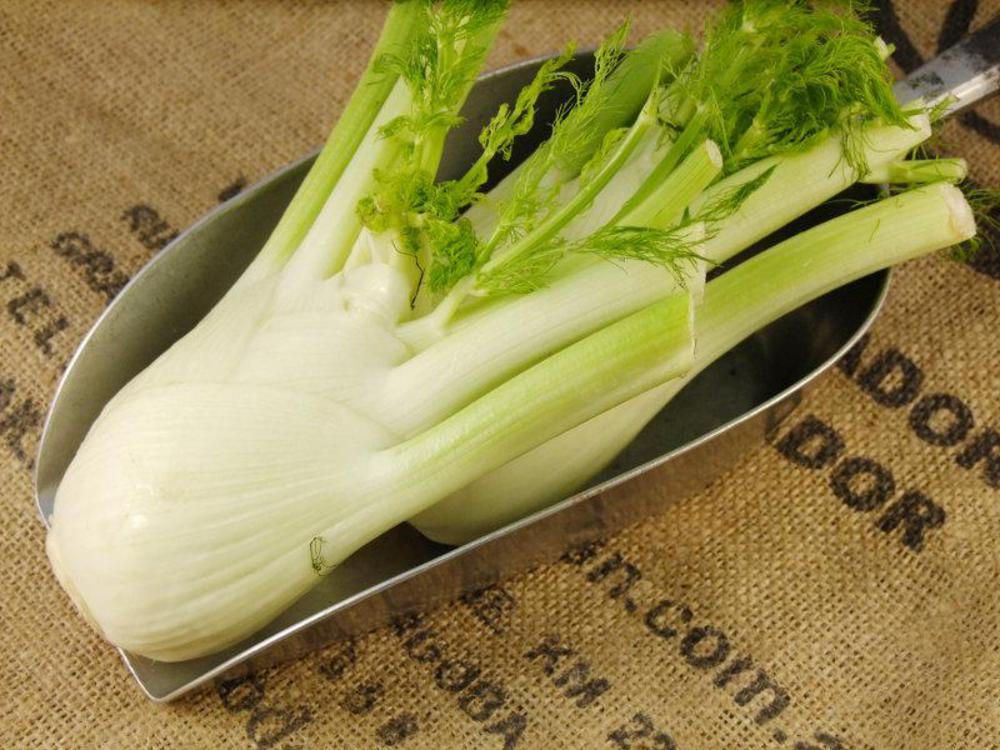
You might be surprised by the flavoursome, savoury goodness of fennel! One bulb of fennel contains 2.7 grams of fibre, and it can be eaten raw in a salad, or as all the top chefs know, eaten braised for a delicious juicy treat!
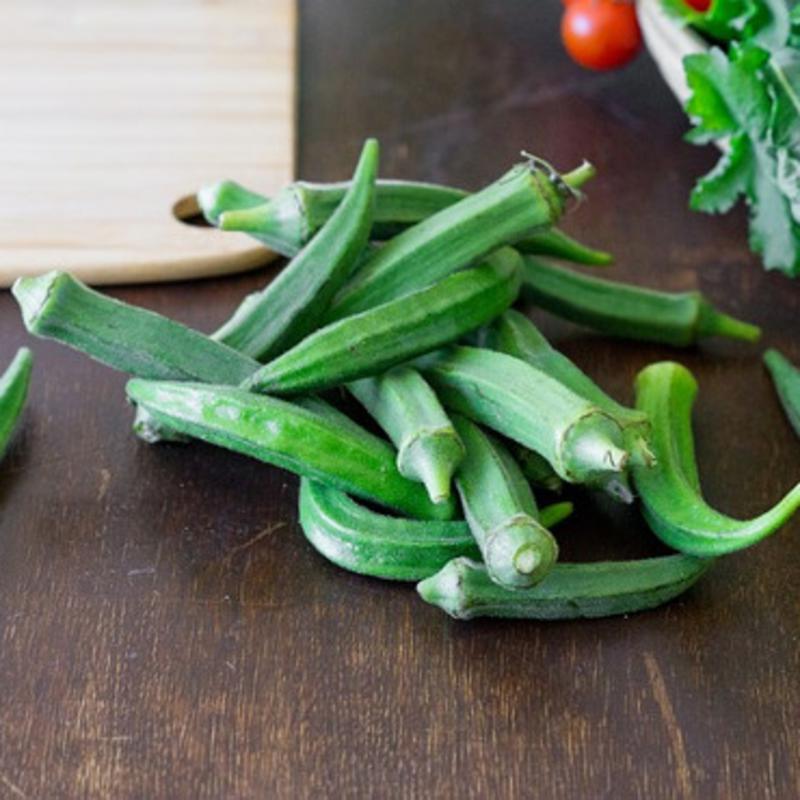
The earthy flavour of okra (also known as ladies’ fingers) is not dissimilar from a courgette or an aubergine and has 3.2 grams per cup.
If you have Irritable Bowel Syndrome (IBS) you will know it! This gastrointestinal condition causes discomfort, including stomach cramps, constipation and diarrhoea.
If you are an IBS sufferer you may benefit from increasing fibre but you will need to consider the right type of fibre for you.
If you have diarrhoea then you will want to focus on increasing your soluble fibre intake, as this will aid digestion in your gut. If you have constipation, however, it is best to increase your insoluble fibre intake.
If you are looking at adding more fibre into your diet then shop at the delicious online world of Real Foods, which is brimming with all the vegetarian and wholefood goodness you can ever imagine.